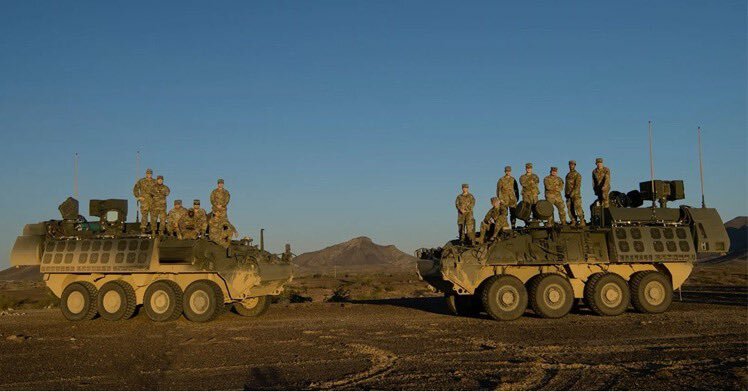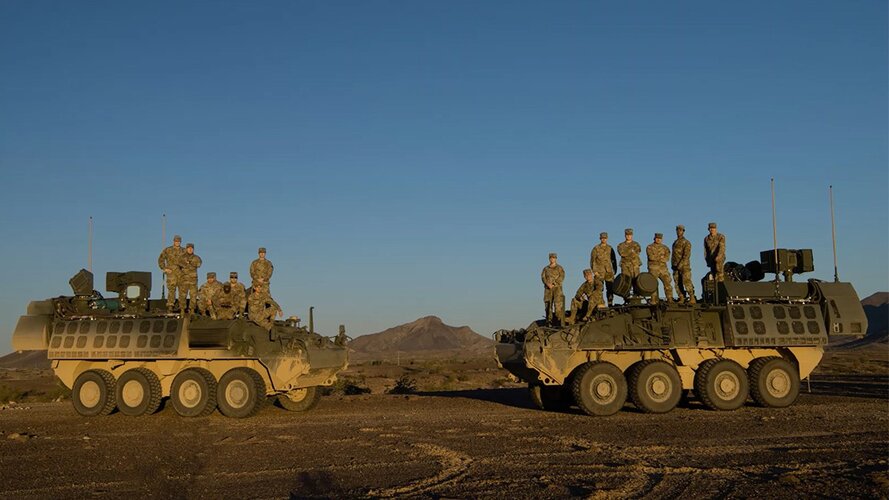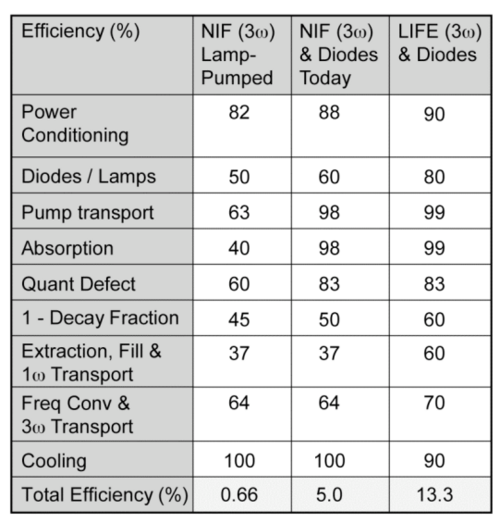Yes, and an electric current drives a diode laser, and a flash lamp drives some solid state lasers. The driver is just one part of a laser.
Also, note that "For a conventional FEL, the conversion efficiency between the electron beam and optical beam is roughly given by the Pierce parameter, typically on the level of 0.1%." from
https://www.sciencedirect.com/science/article/abs/pii/S0168900221009980
The article at that link discussed a proposal for techniques that might improve the efficiency by a factor of about 3, i.e., to 0.3%.
Note that the article does state for FEL amplifiers, which are seeded by another laser, "theoretical studies demonstrate that the maximum conversion efficiency can reach about 50% at X-ray wavelength region when combining a strong undulator tapering with a prebunched beam [10], while at the long wavelength region more than 30% conversion efficiency has been experimentally observed under a strong undulator tapering [20]."
Thus, it is conceivable that a 10 MW electron beam might produce up to a few MW optical power output from an FEL in a master oscillator - power amplifier (MOPA) configuration, but again, this has not yet been demonstrated.
A hybrid fiber laser seeded FEL, is also a possibility, wherein the demonstrated 300 kW output power of a fiber laser might seed an FEL amplifier with a 10 MW electron beam driver to get up to a few MW optical output power. However, would this be better than beam combining more fiber lasers to get to the few MW optical power levels? I don't know since neither have been demonstrated yet.














